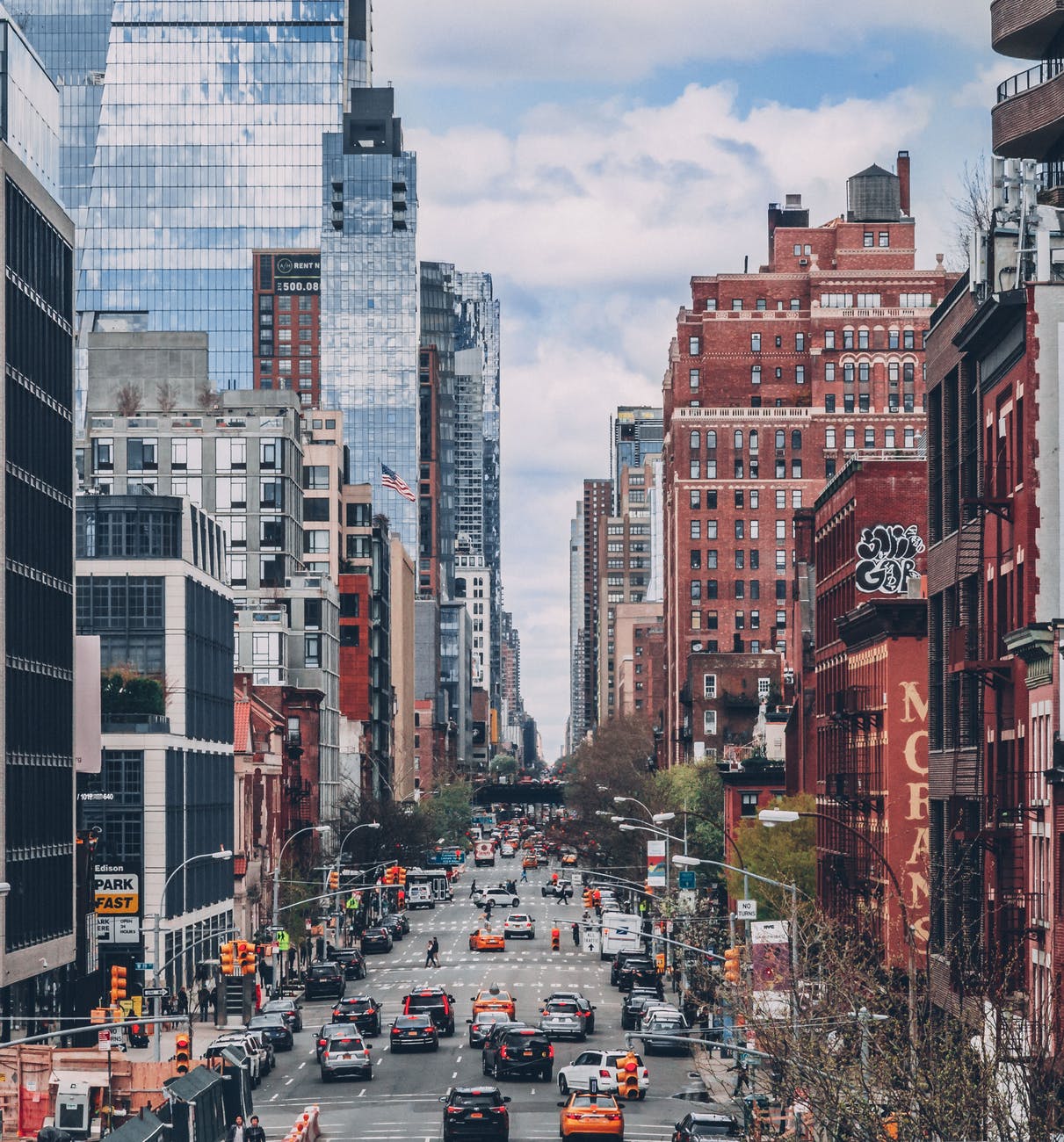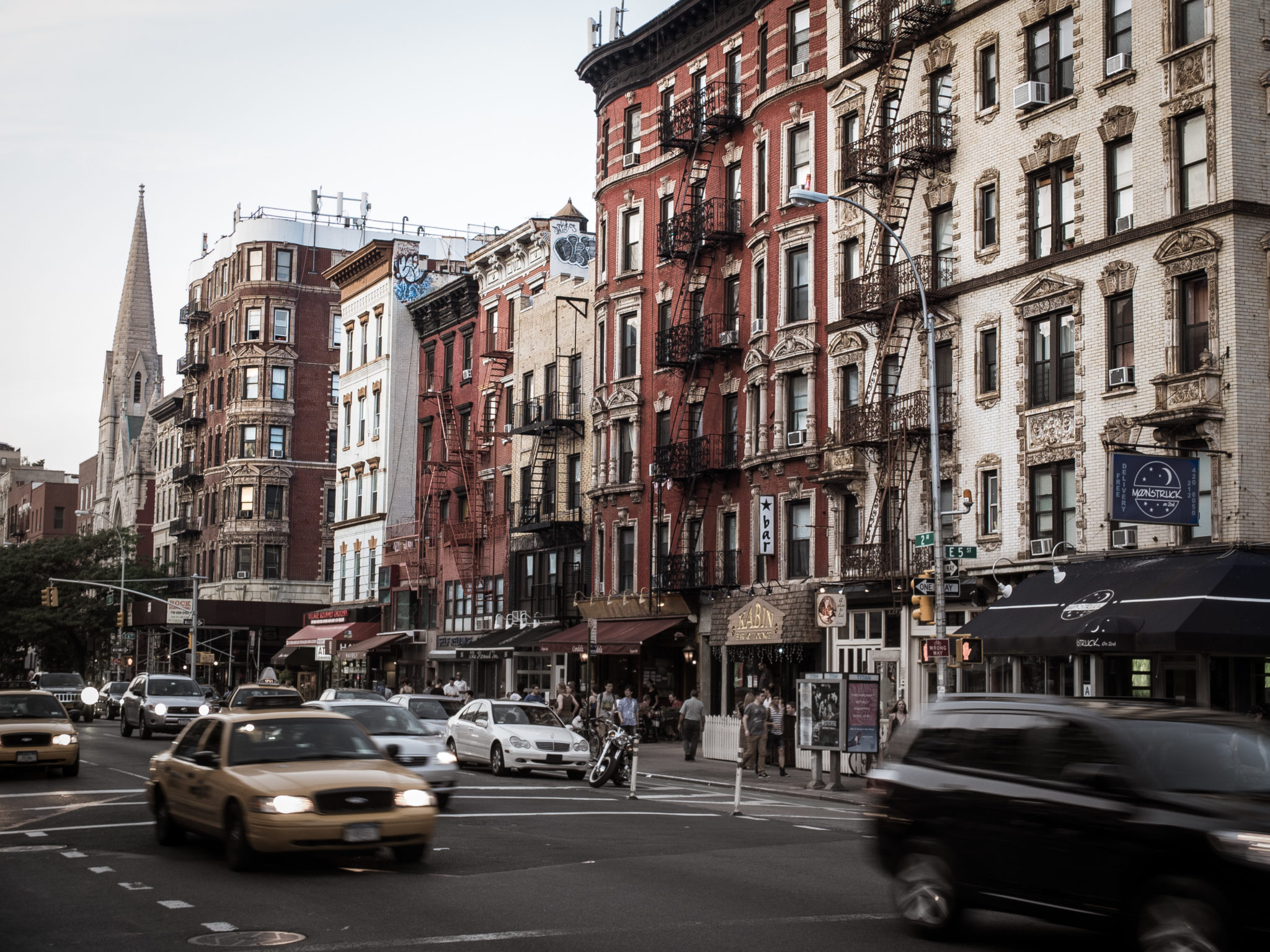Writing anything original about New York City is nearly impossible…
Just a few weeks into my travels, I was beginning to regret choosing New York City as my first destination. At any given moment, the city has been filled with millions of people, a lot of whom have been creative types who’ve collectively made my job rather difficult.
Whether in movies, blogs, music or prose, New York is always in the spotlight, so you know quite a lot about it. Even if you’ve never been here before, you know that New York City is simultaneously fast-paced, inspiring, stunning, terrifying and electrifying. But, what you can’t quite grasp without being here is the reason for this energy.
The reason that so many people put up with a city so famously difficult that Frank Sinatra said, “If you can make it here, you can make it anywhere,” so painfully beautiful that LCD Soundsystem belted out “New York, I love you, but you’re bringing me down.”
There are countless other cities that boast everything New York has to offer, with less brutality and loneliness, but there are none that pull so hard on the heartstrings of our imagination.
I arrived in New York during a heat wave. On days like this the air is thick, and sticky, and the fumes from every passing car seem to seep into your pores making New York feel dirtier than you remembered. The entire city slows down a bit, as 8 million pairs of eyelids droop in the oppressive heat.
On one particularly hot afternoon I found respite watching a good friend star in a production at the East Village Theater Festival. The play was composed of three short vignettes reflecting the intricate past of the Lower East Side, a place now dominated largely by NYU students, young hipsters, and older New Yorkers longing for days past.
The first segment told of the lives of a couple of Russian Jews in the tenements of the late 1800’s. The second peered inside a Greek immigrant’s Orchard St. garment shop in the mid 1900s. And the third, set perhaps just a couple of weeks in the past, told the story of an FBI agent as he interrogated a Muslim cabbie from the Madina Masjid mosque on 1st Avenue.
When the play was over, I stepped out onto 4th Street and Avenue A, imagining each of these stories and thousands of others like them, unfolding decades apart yet only blocks from each other. Squinting in the sunlight, I pictured the very same buildings in front of me housing not cafes and playhouses, but smokey Russian tea rooms or crowded, run-down tenements packed with Irish, Italian, Russian and Chinese immigrants.


The sidewalks filled with horse carts and vendors, instead of hot-dog stands and halal food, and lined with garment shops and butchers instead of boutiques and gourmet restaurants. And then I thought of Brooklyn, where I used to live, and where most of my friends still do. In one of my favorite novels, A Tree Grows in Brooklyn, Betty Smith described her Williamsburg neighborhood of the 1930s as “serene,” of all unimaginable, unfitting things.
Back then, Williamsburg was dominated by Irish immigrants. Now, its streets are bustling with too-cool-for-Queens hipster kids packed like sardines in refurbished warehouse lofts, and it is far from serene, especially on a Saturday night or a hot summer Sunday.
A few days later, I had plans to teach a friend of mine to surf outside the city in Long Island. On the way to escape the heat at Long Beach, she came to meet me where I’ve been staying in Williamsburg.
On Bogart Street, standing between a trendy espresso bar and a fresh graffiti piece, she told me how her grandmother and cousins used to live in the projects nearby, before this area was up-and-coming; how just a few years ago, when she’d pick her cousins up from school down the street, the warehouses were still industrial, the faces on the sidewalk still mostly brown or black.
This constant evolution, the continual changing of faces and social classes and ethnic groups, is true of most neighborhoods in New York City. There are layers upon layers of accumulated struggle, sorrow, happiness and joy – entire lifetimes caked on each building facade.
New York may be young as far as cities go, but in its short life it has been home to people from every creed and color and has brought them all together unlike any other place in the world. To travel to New York then, is not simply a chance to see the Empire State Building or enjoy the nightlife of a city that never sleeps – it is a chance to glimpse back into the past, and to hear the quiet whispers of a city that has witnessed more of humanity than any one of us can imagine.
The collective history of the people of New York is what truly makes this place special. Every New Yorker, whether an artist, student, construction worker, or laundromat owner, has left his or her mark on the walls of their changing neighborhoods, in the cracks on the sidewalks that line the endless street grid, on the heart of a city that will never remember their names, but will always hold onto their stories.
In the midst of a heat wave in the summer of 1949, E.B. White wrote his classic essay, Here Is New York. White wrote of his city: “It carries on its lapel the unexpungeable odor of the long past, so that no matter where you sit in New York you feel the vibrations of great times and tall deeds, of queer people and events and undertakings.” So, maybe I still haven’t come up with anything original to share about my two weeks here, but as it is, I am happy to breathe deeply and smell that unexpungeable odor in the hot summer air.
View next: A Lesson From London
View previous: Hawai‘i vs. the World
_________________________________________
World in FLUX is a blog documenting the travels of Tina Grandinetti for FLUX Hawaii. Tina is a University of Hawai‘i graduate who is embarking on a journey through countries around the world, seeking to learn more about the ways in which we are all different, yet so much the same.

